 Most of us have heard the term ‘winter blues’ and associate it with winter arriving and having a sense of feeling ‘low’ or ‘down’ until our clocks once again ‘spring forward’ and the sunny warmer weather approaches. While the majority of us experience a level of the ‘winter blues’ at some point or another during the winter months, many of us experience this at a more intense and consistent level which can result in what clinical psychologists and psychiatrists consider a form of depressive disorder called Seasonal Affective Disorder (SAD). SAD is defined as a major depressive disorder that persists during the same season, typically winter, for at least two years consecutively (Psychology Today, 2019). Approximately 2 to 3 percent of Canadians will experience SAD in their lifetime and about 15 percent of Canadians will experience a milder form of SAD in which more mild depressive symptoms are experienced, but a person is still able to go about their daily life (CMHA, 2013).
Most of us have heard the term ‘winter blues’ and associate it with winter arriving and having a sense of feeling ‘low’ or ‘down’ until our clocks once again ‘spring forward’ and the sunny warmer weather approaches. While the majority of us experience a level of the ‘winter blues’ at some point or another during the winter months, many of us experience this at a more intense and consistent level which can result in what clinical psychologists and psychiatrists consider a form of depressive disorder called Seasonal Affective Disorder (SAD). SAD is defined as a major depressive disorder that persists during the same season, typically winter, for at least two years consecutively (Psychology Today, 2019). Approximately 2 to 3 percent of Canadians will experience SAD in their lifetime and about 15 percent of Canadians will experience a milder form of SAD in which more mild depressive symptoms are experienced, but a person is still able to go about their daily life (CMHA, 2013).
What is Thought to Cause SAD and What are the Symptoms?
Causes
Though many mental health professionals believe those who experience SAD may have already experienced significant depressive episodes during their life, other factors may be at play. These factors could include experiencing other mental health issues (such as generalized anxiety, for example) and genetics and their role in mental health overall. Researchers also believe that sunlight plays a crucial role in not only our mood, but physical health and sleep hygiene as well. The reduced exposure to sunlight those who live in northern climates, like Southern Ontario, during the winter months, it is believed, results in lower production of vitamin D within the body. Researchers believe that vitamin D plays a significant role in the functionality of the neurotransmitter serotonin, a brain and gut chemical that effects mood and the development, and maintenance of, depressive symptoms (Psychology Today, 2019).
Symptoms
- Persistent tiredness, whether or not one has had a ‘full-nights sleep’
- Difficulty falling and/or staying asleep
- Tiredness that significantly affects one’s ability to carry out daily tasks like work, school, errands, etc.
- A ‘more than usual’ craving form carbohydrates and simple sugars like sweets, breads, pop, etc.
- Body weight gain
- Feelings of sadness, despair, hopelessness, low self-worth and/or guilt
- Persistent irritability
- Avoidance of social activities and hobbies/activities one used to enjoy
- High stress and feeling of being ‘tense’ often
- A loss of sexual desire and low urge for intimacy/physical touch
What Can You Do?
- Whether you believe you are experiencing significant SAD, moderate SAD, or even the ‘winter blues,’ it is always a great first step to speak with your primary care doctor. This is an important first step as it allows your doctor to consider and eliminate any other health issues that may be causing your symptoms, such as thyroid issues, forms of anemia, and other mental health issues.
- An effective tool that does not involve medical intervention is ‘Light Therapy’ (also referred to as a ‘SAD Light’ or ‘Happy Light’). What this technology does is use a, proven effective, artificial light that mimics the light rays/waves of real sunlight (*Note: This does NOT include harmful UV rays) that effects chemicals in the brain which can improve mood and assist one with tiredness and sleep issues. It is important to speak to a medical and/or mental health professional about how and when to you use the light to get the most benefits from it! These lights, while once very expensive, can be found for a very affordable price on websites like Amazon today.
- Medication: While many people remain skeptical and fearful of taking medication for depressive symptoms (such as those listed above related to SAD), many antidepressant medications (known as SSRI’s and SNRI’s) are not only extremely safe, but can be very effective as a tool to improve one’s symptoms, mood and sense of well-being. A simple doctors visit will allow your doctor to assess whether or not medication may be beneficial for you.
- Physical Activity/Exercise and Holistic Health Practices: Many of us, even if we have already established a ‘routine’ of exercise and eating a healthy diet, tend to ‘fall off,’ at least slightly, during the winter months as we spend more time indoors and have less opportunities and/or ‘drive to take part in physical activities (E.g., Softball, swimming, jogging, etc.). As I often tell my clients experiencing depressive symptoms and/or SAD, the ‘cruel joke’ of nature is that, in order to feel better, we must gently push ourselves to take part in the things that we currently have no ‘drive’ or motivation to take part in – E.g., Going to the gym, walking outdoors, yoga class with friends, making healthy dinners instead of ordering in fast food, etc. Establishing MOMENTUM and ROUTINES are vital to mental health overall and can considerably change one’s mood, drive, and sense of well-being. Such practices as attending a fitness class or weight lifting with a friend 4-5 days per week at the same time of day, ‘meal prepping’ 7 healthy meals and freezing them for the week, going to bed at least 6 nights per week at the exact same time, and utilizing tools like calendars, schedulers, timers, reminders and agendas, while sounding simple enough, are very effective tools to keep one on the track to feeling better, and maintaining thei mood, throughout each winter.
- Counselling/Therapy: Counselling and therapeutic approaches to treating depressive symptoms and SAD include such therapies as Cognitive Behaviour Therapy (CBT) and a Mindfulness Approach/Practice. Counsellors and therapists use such approaches to help clients with the goal of addressing the dysfunctional relationship that is taking place between the clients’ thoughts, feelings, and behaviours and teaches a client effective tools to change the way they experience and view the world around them. The great thing about counselling and therapy is how well it ‘matches’ and works with the above-mentioned tools/suggestions (I.e., consulting with your doctor, light therapy, medication, and physical activity and healthy lifestyle habits) in combating the symptoms of SAD.
References
Canadian Mental Health Association (2013). Seasonal affective disorder.
https://cmha.bc.ca/documents/seasonal-affective-disorder-2/
Psychology Today (July, 2019). Seasonal affective disorder.
https://www.psychologytoday.com/ca/conditions/seasonal-affective-disorder



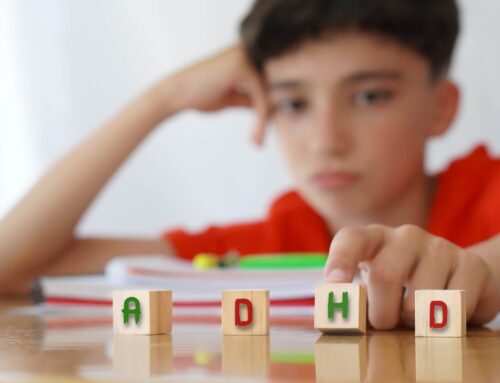



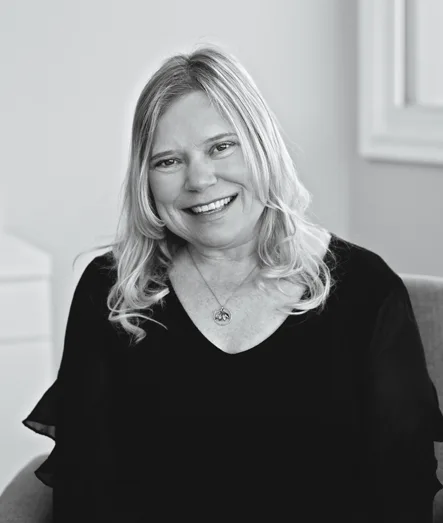
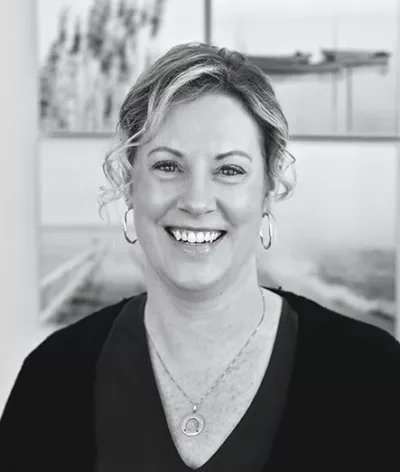

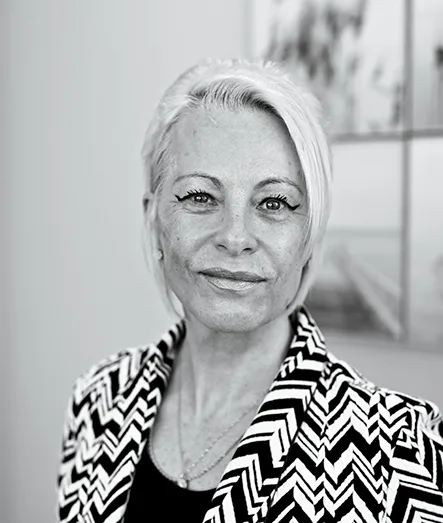
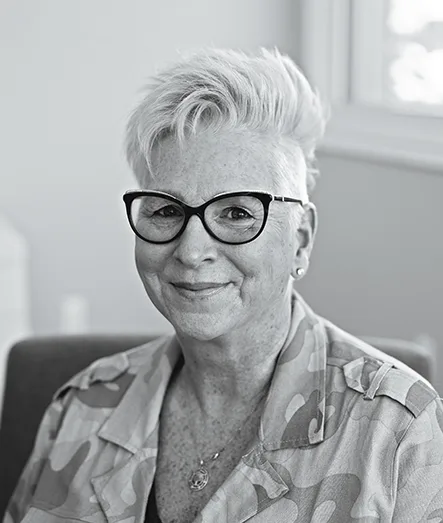
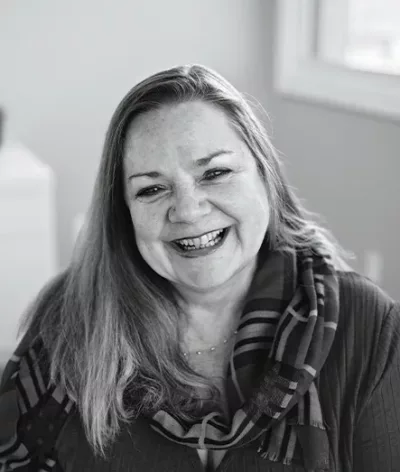 Sharon Walker, MSW, RSW
Sharon Walker, MSW, RSW Jordon Iorio Hons. BA, RSW
Jordon Iorio Hons. BA, RSW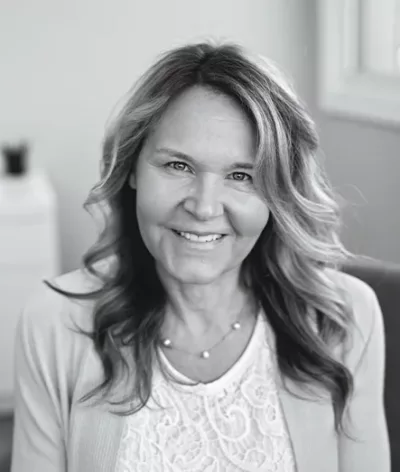 Christine Bibby, B.S.W., M.S.W., R.S.W.
Christine Bibby, B.S.W., M.S.W., R.S.W.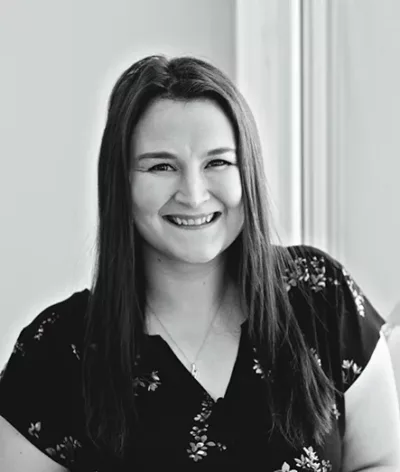 Brianna Kerr, RSW
Brianna Kerr, RSW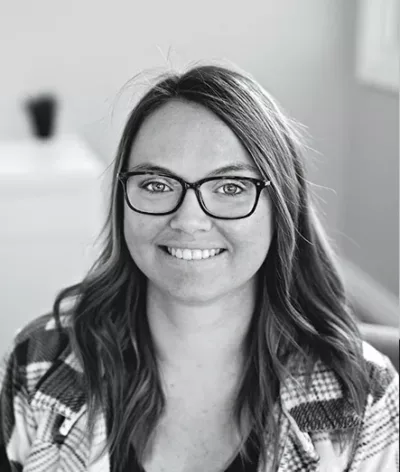 Danielle Vanderpost, RSW
Danielle Vanderpost, RSW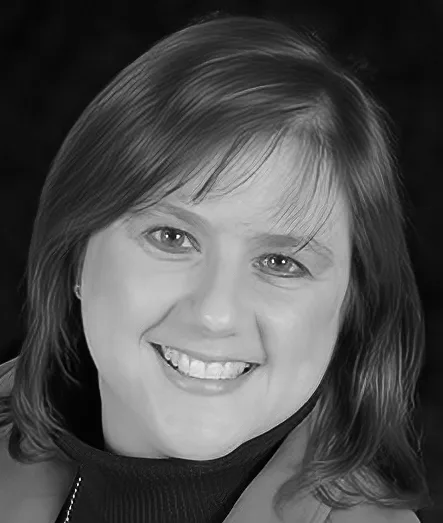 Daniela Switzer, MA, C.PSYCH
Daniela Switzer, MA, C.PSYCH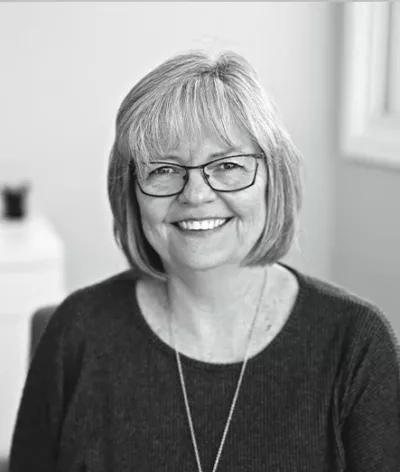 Tammy Adams
Tammy Adams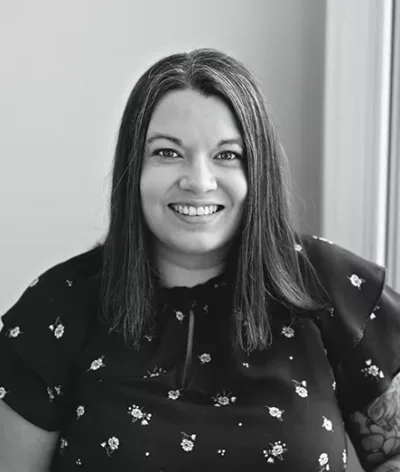 Jade Bates, RMT
Jade Bates, RMT Caitlin Schneider
Caitlin Schneider Dr. Crysana Copland
Dr. Crysana Copland
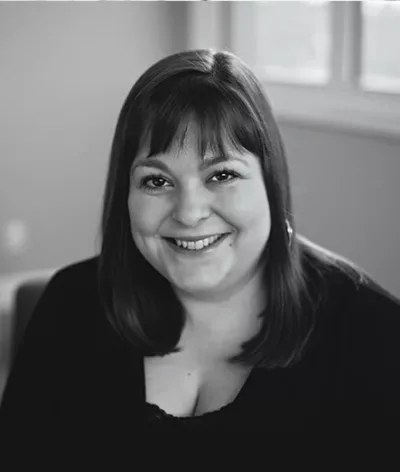 Amy Dougley
Amy Dougley Emily Kamminga
Emily Kamminga Bill Dungey, RSW
Bill Dungey, RSW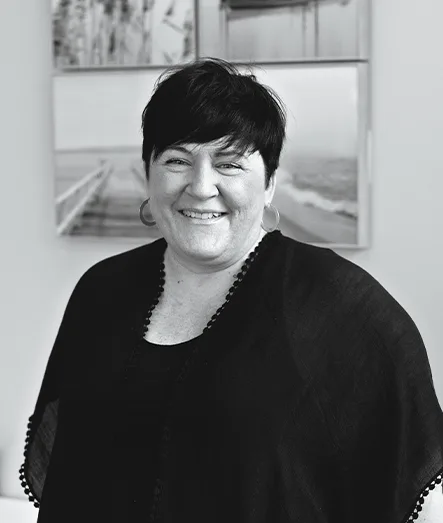
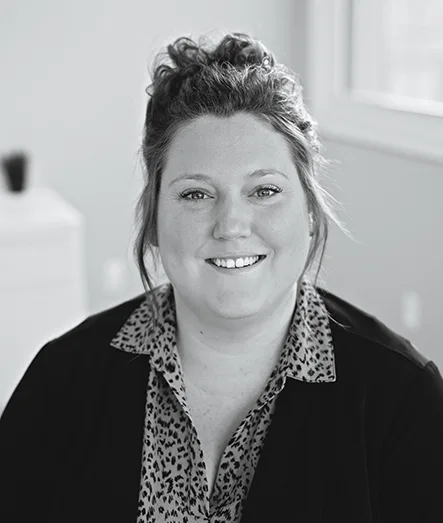


 Jessica Moore, RSW
Jessica Moore, RSW Abigail Wragge, RSW
Abigail Wragge, RSW Melanie Clucas
Melanie Clucas Ally Legault
Ally Legault Kunle Ifabiyi
Kunle Ifabiyi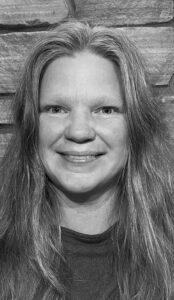 Tammy Prince
Tammy Prince
